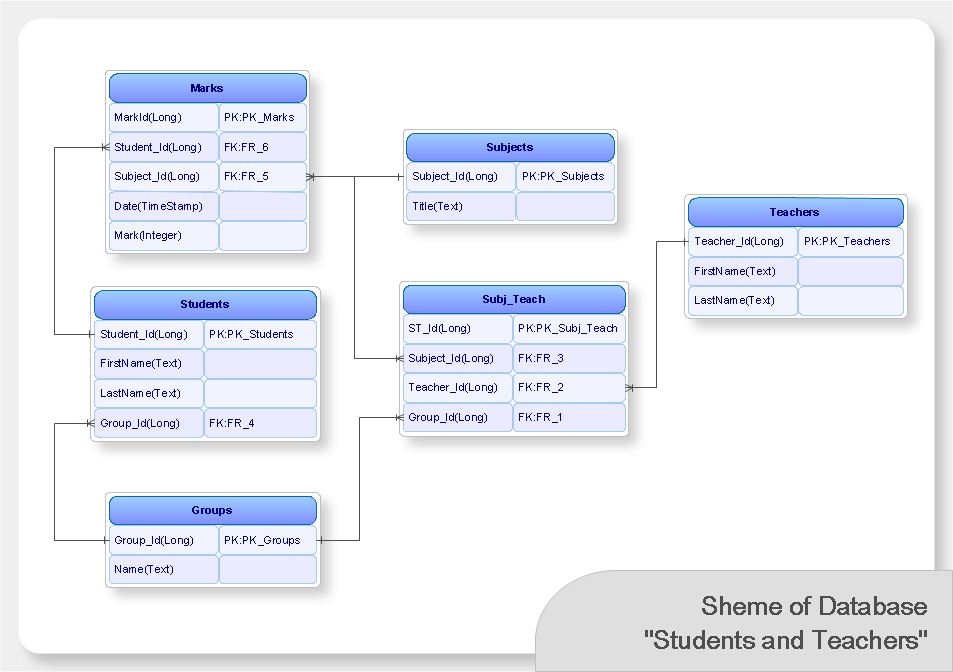
an entity-relationship diagram, or ER diagram). The term database schema is also sometimes used to refer to other things, such as a flowchart that provides a visual representation of a database (i.e. Useful for security and access management.A collection of user-chosen database objects such as tables, views, etc.We could do this by creating a user-defined schema called logistics that contains only the database objects ( orders, shipments) that we want the logistics team to be able to access. This type of schema is more precisely called user-defined schema, so to avoid confusion, we’ll use that term for the remainder of this article.Ī single database may have multiple user-defined schema, and different user-defined schemas can be used to give different users or user groups access to different parts of the database.įor example, let’s say we have a logistics team and we want to give them access to orders and shipments tables while keeping them from accessing the PII (personally identifiable information) in our customers table. The term “schema” is sometimes used to represent a named group of database objects. In SQL databases, the term database schema can also have another, more specific meaning.

But first, to avoid confusion we need to understand a few other ways the term database schema gets used. In this article, we’ll focus primarily on the above definition of database schema, as architects and developers must think carefully about their schema design prior to creating and implementing a database.

That’s actually a bit of a difficult question to answer! Like many database terms, database schema gets used in a variety of contexts.


 0 kommentar(er)
0 kommentar(er)
